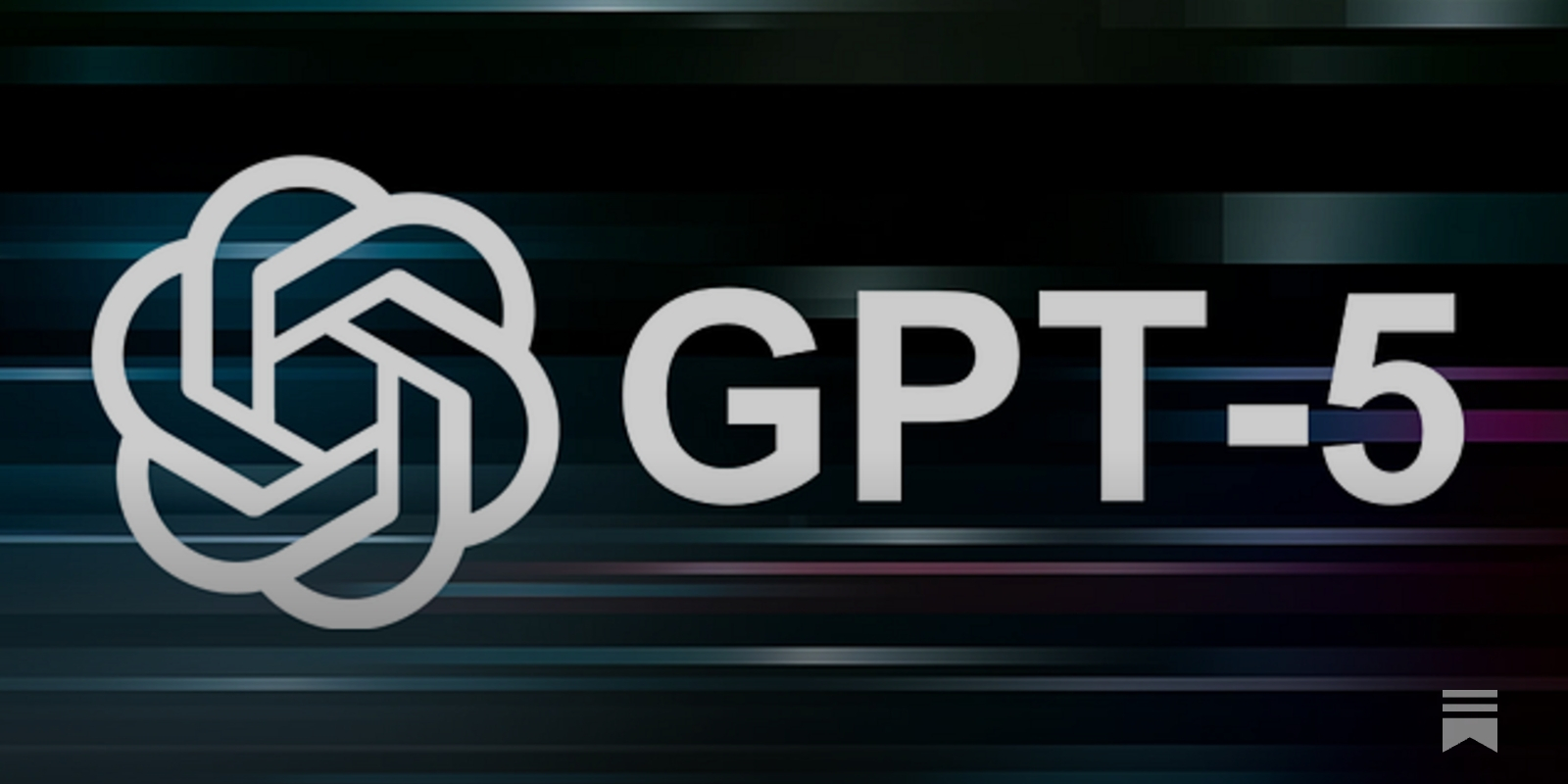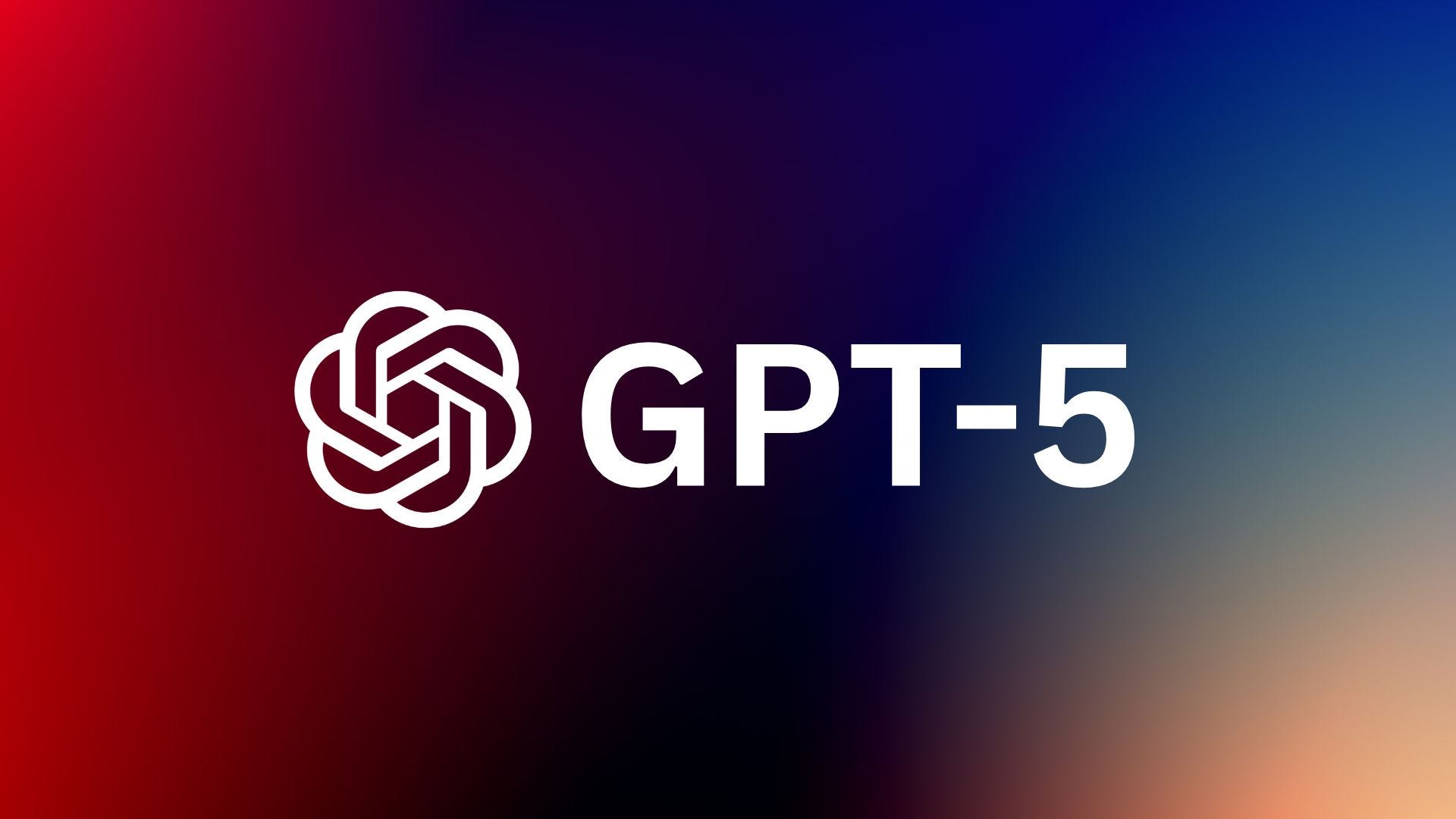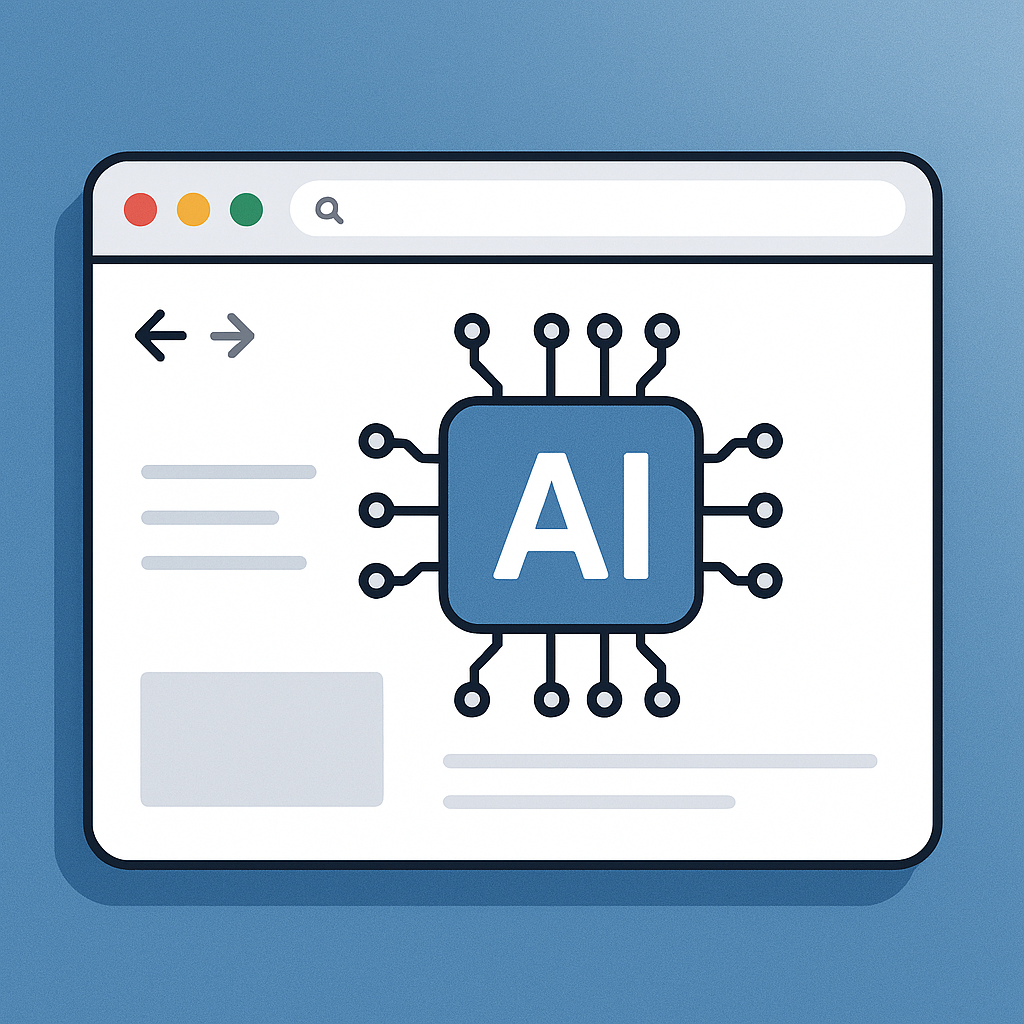Introduction
Overview of GPT-5
GPT-5, the latest version of OpenAI’s Generative Pre-trained Transformer series, marks a major advancement in natural language processing. GPT-5 builds on the strong foundation of its predecessors to understand and generate human-like text with exceptional fluency and comprehension.
GPT-5 is better than earlier models because it understands context, handles complex prompts, and offers creative responses. Many users have observed significant improvements in relevance and context-awareness in outputs when comparing it to its predecessor, GPT-4. This can be particularly beneficial in applications like creative writing, chatbots, and educational tools, where clarity and engagement are essential.
Key features of GPT-5 include:
- Enhanced contextual awareness
- Improved handling of ambiguity in language
- Greater capacity for long-form text generation
History and Evolution of GPT Models
The GPT journey started in 2018 with the launch of the original GPT, introducing the transformer architecture. This model demonstrated that machines could generate coherent text by leveraging vast datasets and extensive training.
Subsequent versions—including GPT-2 and GPT-3—saw exponential growth in model size and capabilities. Each version improved the ability to handle complex tasks, including basic conversations, code generation, and research.
In summary, the evolution from the first GPT to GPT-5 illustrates a remarkable journey of innovation. Each iteration has pushed technological limits and created stronger applications that enhance human-computer interaction. The emergence of GPT-5 signifies a crucial milestone as the world embraces the potential of advanced AI.

Understanding GPT-5 Theory
Deep Dive into GPT-5 Architecture
Delving into the architecture of GPT-5 reveals the sophisticated mechanisms that power its impressive capabilities. At its core, GPT-5 employs a large-scale transformer architecture, which is designed to handle vast amounts of text data efficiently. The model consists of many layers of neural networks, each responsible for different aspects of processing language.
One of the most fascinating aspects of GPT-5 is its use of the attention mechanism. This helps the model focus on certain words or phrases during text generation, improving its contextual understanding and responses. GPT-5 can skillfully weave details into a coherent and engaging story when given a few keywords.
Key components of its architecture include:
- Multi-layer Perception (MLP): Enhances the model’s ability to learn complex patterns.
- Layer Normalization: Stabilizes the learning process, contributing to more reliable outputs.
- Residual Connections: Allow for smoother gradients, improving training efficiency.
Explanation of Transformer Neural Network
The transformer neural network revolutionized natural language processing when it was introduced, and its role in GPT-5 is crucial. Transformers process input data in parallel, unlike traditional recurrent neural networks (RNNs). This speeds up training and improves performance on tasks requiring long-range dependencies.
Key features include:
- Self-attention mechanism: Enables the model to weigh the importance of different words in relation to each other.
- Positional Encoding: Helps the model understand the order of words in a sentence, which is crucial for generating coherent text.
These technologies help GPT-5 understand language better, enhancing AI interactions by grasping context, nuance, and complexity. The architecture and transformer network work together to enable GPT-5 to understand and produce human language effectively.

Practical Applications of GPT-5
Natural Language Understanding
Building on the robust architecture of GPT-5, its capabilities in natural language understanding (NLU) have significantly advanced. This AI can comprehend not just the semantics of the text, but also the tone, sentiment, and underlying intent. Envision a virtual assistant that can understand your mood from your questions, which is what GPT-5 provides.
Businesses frequently use GPT-5 for customer service chatbots to better understand customer inquiries and respond in a personable way. By interpreting nuances and sentiments, it can ensure that the customer feels heard and valued—an essential element for brand loyalty.
Text Generation Capabilities
When it comes to text generation, GPT-5 truly shines. It can create engaging articles and adapt its tone and style to meet the user’s needs. This flexibility means it can be employed for diverse content types, such as:
- Creative writing: Drafting stories, poems, or scripts.
- Market reports: Generating detailed analyses based on data inputs.
- SEO content: Producing keyword-rich articles that draw organic traffic.
Understanding these capabilities allows individuals and organizations to leverage GPT-5 more effectively.
Use Cases in Various Industries
The applications of GPT-5 span across multiple industries, showcasing its versatility and wide-ranging capabilities. Publishers use GPT-5 for brainstorming article ideas, while educational institutions benefit from its personalized tutoring and adaptive learning features.
Here are several notable use cases:
- Healthcare: Assisting in patient communication and providing detailed summaries of medical records.
- Finance: Generating reports and predictive analyses to aid in investment decisions.
- Entertainment: Creating engaging dialogue for video games or interactive storytelling experiences.
As GPT-5 evolves, its applications are nearly limitless, promising a brighter future for AI across various sectors.

Fine-tuning GPT-5 for Specific Tasks
Customizing GPT5 for Niche Applications
Businesses and researchers recognize the need to fine-tune GPT-5 for specific tasks as they explore its functionalities. Customizing GPT-5 can dramatically enhance its performance in niche applications, providing tailored outputs that meet particular needs. A legal tech startup could improve GPT-5 to analyze legal documents, summarize contracts, and highlight key clauses accurately.
Focusing on niche applications helps users train GPT-5 to better understand industry jargon, improve context relevance, and deliver more accurate results. A model trained on medical literature would be better at patient communication and diagnostics by analyzing medical texts.
Key benefits of customization include:
- Enhanced accuracy in understanding domain-specific terms.
- Reduced response times through optimized processing for particular queries.
- Increased user satisfaction by directly addressing specific needs.
Techniques for Fine-tuning
Fine-tuning GPT-5 is an accessible process, made easier with the right techniques. Here are some effective methods tailored for achieving optimal results:
- Transfer Learning: Begin with the pre-trained GPT-5 model and further train it on a specialized dataset tailored to your application.
- Dataset Curation: Gather a high-quality dataset that accurately reflects the specific use case. This could include industry articles, customer queries, or engaging dialogues.
- Prompt Engineering: Experiment with different prompts to see how modifying the input can yield better contextually relevant responses.
- Regularization Techniques: Implement techniques like dropout or weight decay to prevent overfitting on a niche dataset and maintain generalized performance.
These techniques help users leverage GPT-5’s full potential, making it a valuable tool for their specific needs. With ongoing customization, the model continues to evolve, ensuring it remains at the forefront of AI-driven solutions.

Challenges and Limitations of GPT-5
Ethical Implications
As with any advanced technology, GPT-5 comes with its own set of ethical implications that warrant careful consideration. The ability of this AI to generate human-like text raises important questions about accountability and authenticity. For instance, what happens when GPT-5 is used to create misleading information or fake news? The consequences of deploying such powerful language capabilities irresponsibly can be severe, potentially spreading misinformation at a rapid pace.
Organizations should evaluate the ethical concerns of using GPT-5 in sensitive areas like mental health, as AI-generated advice may lead to misunderstandings or misdiagnoses. Personal anecdotes from users highlight the need for clear guidelines on when and how to rely on AI-generated content. Companies are urged to implement oversight mechanisms to ensure that their usage aligns with ethical standards.
Key ethical concerns include:
- Transparency in usage: Users should be aware when interacting with AI-generated content.
- Accountability for outcomes: Businesses must take responsibility for the material generated by GPT-5.
- Regulatory compliance: Adhering to local and international laws concerning data privacy.
Bias in Language Models
Another significant challenge faced by GPT-5 is the potential for bias in its outputs. Language models like GPT-5 learn from vast datasets, which inevitably include human biases present in the source material. This can lead to the reinforcement of stereotypes or even discrimination in the generated content.
If GPT-5 primarily uses texts from certain demographics, it may not represent the views or language styles of underrepresented groups accurately. This bias can show up as gender stereotypes or cultural insensitivity, affecting the quality and fairness of the results.
Solutions to mitigate bias include:
- Utilizing diverse and balanced training datasets that reflect a wide array of perspectives.
- Bias detection and mitigation techniques: Implementing algorithms designed to identify and correct biased outputs.
Organizations can address ethical issues and bias by acknowledging these challenges, ensuring that GPT-5 benefits society. The commitment to continuous improvement will further enhance the model’s capabilities while fostering trust among users.
Future Prospects and Developments
Advancements in AI and Natural Language Processing
The future of artificial intelligence and natural language processing (NLP) looks exciting and transformative. GPT-5 leads the way in improving how machines comprehend and engage with human language. The integration of AI into everyday applications has already changed the landscape, and emerging technologies will only deepen this impact.
New methods like reinforcement learning and unsupervised learning are being explored to improve AI’s understanding of context and nuance. Companies are investing in hybrid models that merge different algorithms to create more versatile and human-like interactions.
Key upcoming trends in AI and NLP include:
- Multimodal AI: Combining text, images, and audio for richer contextual understanding.
- Conversational agents: Enhancing virtual assistants for more natural dialogue.
- Real-time language translation: Bridging communication gaps across diverse cultures seamlessly.
Role of GPT-5 in the Future AI Landscape
In this evolving terrain, GPT-5’s role is set to be pivotal. Its ability to produce coherent and relevant text makes it a key player in developing next-generation applications. As industries continue to embrace AI, GPT-5 will provide crucial support in various fields such as healthcare, finance, and education.
Imagine a future where educators use GPT-5 to create personalized learning materials that adapt to each student’s learning style instantly. style. Alternatively, GPT-5 could assist professionals in drafting reports or creating marketing campaigns tailored precisely to target audiences.
Looking forward, GPT-5 could potentially power even more specialized models catering to specific industries, thereby enhancing both efficiency and productivity. AI technology is advancing rapidly, and GPT-5 is set to enhance smarter and more intuitive interactions in the future.
For More Information
Check out my AI-generated podcast here:




